New Energy Insights Blog

A Landowner’s Guide to Community Solar Construction: What to Expect
By: Caresse Reid
Thinking about leasing your land for a community solar project? Wondering what the construction process will look like? This guide provides a comprehensive overview of what you can expect during the construction phase. From site preparation to final commissioning, we’ll break down the key steps and your role as a landowner.
- Project Timelines Can Vary. The duration of a solar project depends on factors like project size, local permitting requirements, weather conditions, and supply chain constraints. Generally, a 1-megawatt AC solar project takes around 4-6 months to complete, covering stages including site preparation, equipment delivery, installation, and final commissioning.
- The Landowner’s Role is Minimal During Construction. As a landowner, your involvement during the construction process is generally limited. Your main responsibilities will likely include approving project plans, signing necessary documents, and potentially assisting with any permits required by local authorities. The bulk of project management and day-to-day decisions will be handled by the developer.
- Site Preparation Comes First. Before construction begins, the site must be thoroughly prepped. This includes surveys and soil testing to determine if the land is suitable for solar development and to assess any complications, like underground utilities or poor soil conditions. Once evaluated, the land is cleared of obstructions like trees or rocks, leveled, and fitted with access roads so construction vehicles can enter the site efficiently.
- Expect Increased Activity During Construction. During active construction, you’ll notice more activity on your property. The initial focus is on foundation installation, which could involve driving piles or using concrete footings to support the racking system. The solar panels are then mounted and aligned for optimal energy capture. Electrical wiring is connected to the panels and inverters, converting DC power from the panels into usable AC power. Finally, the system undergoes rigorous testing to ensure it meets performance standards.
- Trenching and Cabling Techniques. During the wiring phase, trenching equipment is typically used to lay underground cables connecting solar panels to the inverters. If the project involves any overhead power lines or interconnection points, additional structures or poles may be added. These installations are designed to blend into the landscape as much as possible.
- Construction Hours Are Often Regulated. Most solar construction activities are scheduled during regular business hours to minimize disturbance to landowners and nearby residents. Local regulations may even limit working hours, ensuring that construction doesn’t interfere with early mornings, late evenings, or weekends.
- Access Restrictions During Key Phases. For safety, certain property areas may be restricted, especially around heavy machinery and active construction zones. These restrictions are brief and necessary to safeguard all involved. Contractors will notify you of any limited access areas in advance, allowing you to plan accordingly.
- Land Restoration After Construction. Once construction is complete, contractors will restore your land as much as possible to its original condition. This might include repairing access roads, removing temporary barriers, and addressing any areas disturbed during the process. The goal is to leave your property in a well-maintained condition, with the solar infrastructure as the only lasting change.
- Post-Construction Maintenance Ensures Longevity. Once construction is complete, the solar system requires regular upkeep to sustain peak performance and extend its lifespan. This maintenance—handled entirely by the project developers—includes cleaning panels to remove dust and debris, monitoring system performance, and addressing any technical issues that arise. As a landowner, you won’t need to worry about any maintenance responsibilities; the developer takes care of all system upkeep to ensure the solar array operates at its best.
- Collaboration and Communication Promote Project Success. While your role during construction is mostly hands-off, the developer will take care of keeping you updated every step of the way. They’ll provide regular progress reports, answer any questions, and guide you through the process. While it’s helpful for you to stay in the loop and ask questions when needed, the developer is responsible for making sure you’re well-informed and confident as the project moves forward.
If you want to explore how community solar can benefit you and your property, reach out to us today. Our team is here to answer your questions, discuss the process in detail, and help you determine if a solar lease is the right choice for you.
